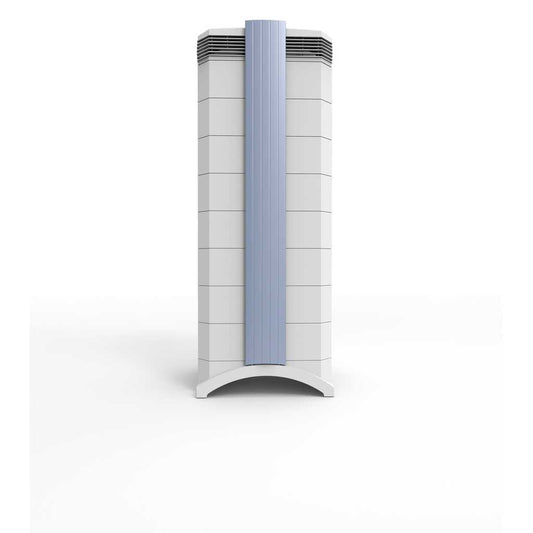
VOC Pollution
Volatile organic compounds (VOCs) are one of the major components of both indoor and outdoor pollution. They are found in thousands of products in everyday use, from vehicle fuel and building materials to photocopier toner and paint. Levels indoors tend to be 2-5 times higher than those found outdoors. Exposure to VOCs can cause a number of health effects, such as eye and throat irritation in the short term, to cancer on chronic exposure and use. Careful handling, where an alternative cannot be found, is essential to reduce the risk of exposure to VOCs in the environment.




